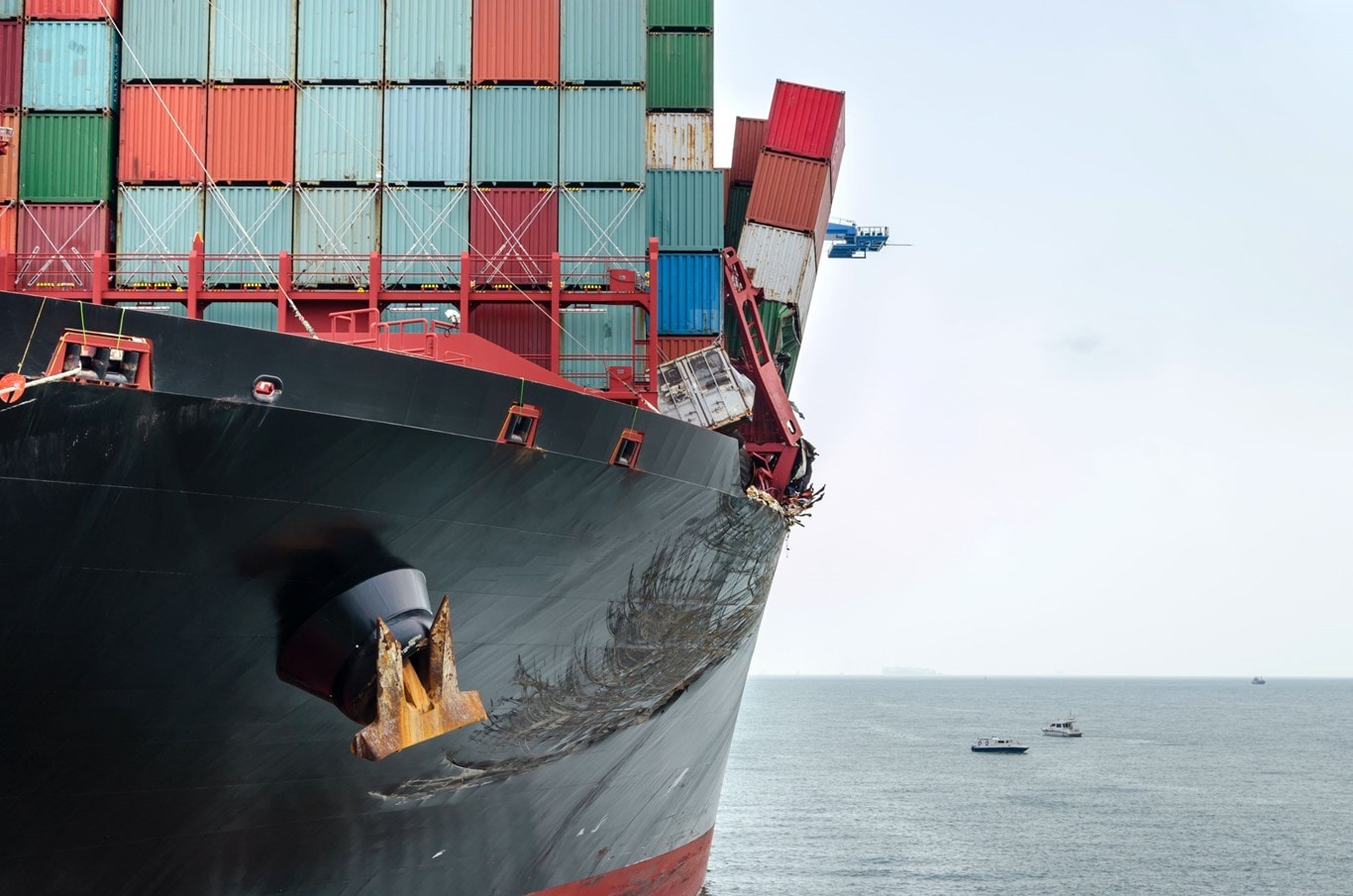AIS Assisted Collisions
AIS, also known as the Automatic Identification System, was initially a standalone unit for reference for watchkeeping officers. Most vessels have integrated bridge systems and can overlay AIS data onto radar screens. However, the Club has recently seen several AIS-assisted collisions and advises that solely using the AIS for collision avoidance purposes must never be undertaken by the bridge team.
The purpose of AIS was to monitor traffic and identify vessels. Additionally, the officer could cross-reference data by identifying the target visually, placing the range and bearing from the radar, and then cross-checking this data to determine the vessel name via the AIS data. However, the onboard working culture has become more embedded in equipment used to make navigational decisions.
When navigating, watching-keeping officers must adhere to the COLREGS, also known as "Rules of the Road". However, these rules do not specify the role of AIS and other navigational aids, other than in Rule 5, 'keeping a proper lookout', which stipulates the use of 'all available means'. Nonetheless, Rule 7 concerning the risk of collision shall be complied with.
-
Collision Regulations - Rule 5 - Look Out PDF (2 MB)
-
Collision Regulations - Rule 7 - Risk of Collision PDF (8.2 KB)

IMO Guidance and Limitations
AIS can be used with discretion and in combination with other equipment. It shall not be used solely for collision avoidance. Cross-checking is required because there can be a high risk of inaccuracies in the information it displays. Unlike other data sources that can be obtained visually or by the radar, the information that goes into the AIS depends on other equipment and user input. Therefore, the validity of the AIS information received is only as good as the accuracy of the information transmitted.
The IMO has produced guidance regarding the use of AIS, found in Resolution A.1106(29).
-
IMO Guidelines AIS -2015 PDF (773.7 KB)
Guidance regarding the use of AIS
- Ensure you understand what information radar displays, what the AIS can provide, and what information it cannot. The equipment cannot tell you that there is no risk of collision.
- Use all aids to navigation. Do not solely rely upon one aid. Therefore, in combination with the radar, obtain visual bearings and compare them against all other means to ascertain whether a risk of collision exists. If in doubt as to whether a risk of collision exists, then the actions taken must be under the COLREGS, especially Rule 7.
- Standardise how you set up the equipment and understand the source of your information, especially if there are multiple sources, notably with integrated bridge systems and the use of overlays, whether this is AIS on the Radar or Radar overlays on the ECDIS. Individual manufacturers produce different displays; therefore, understand your equipment as the officer of the watch's responsibility is to ensure the safe and smooth navigation of the ship.
